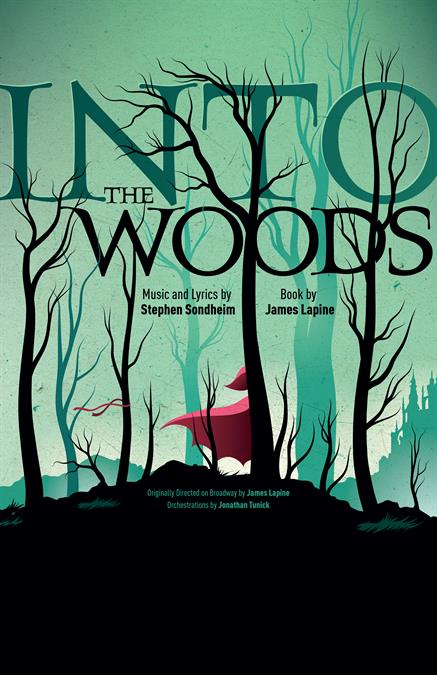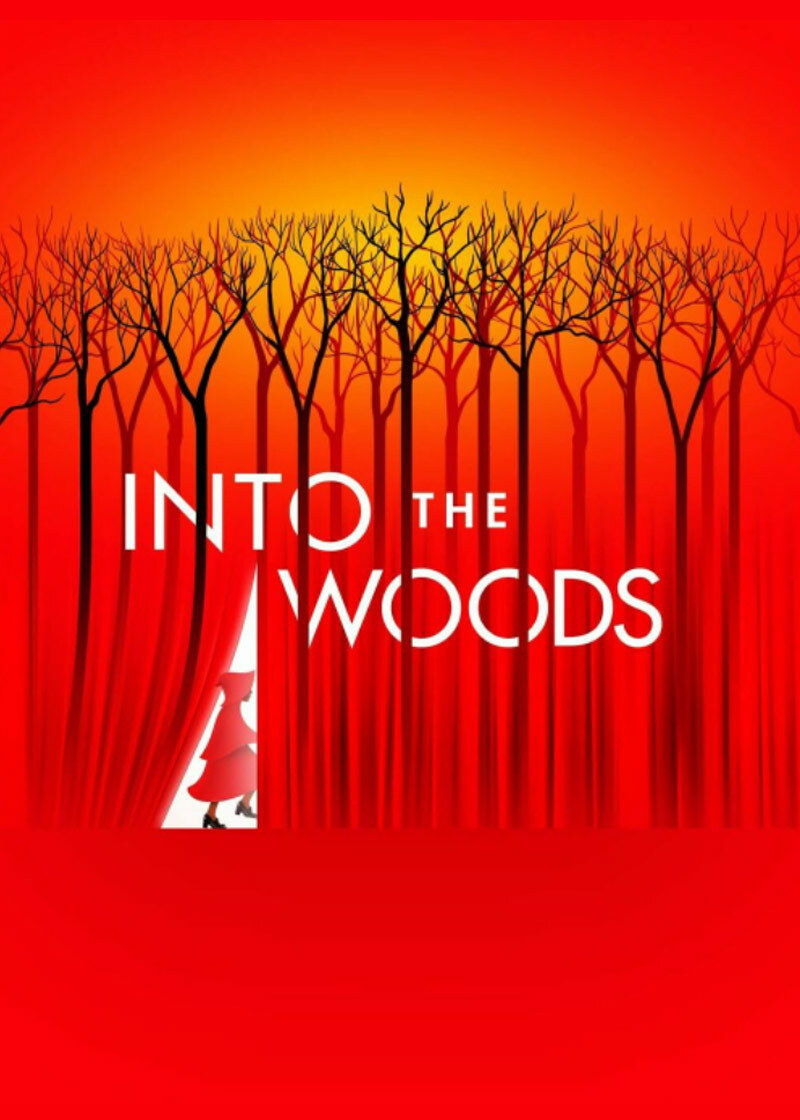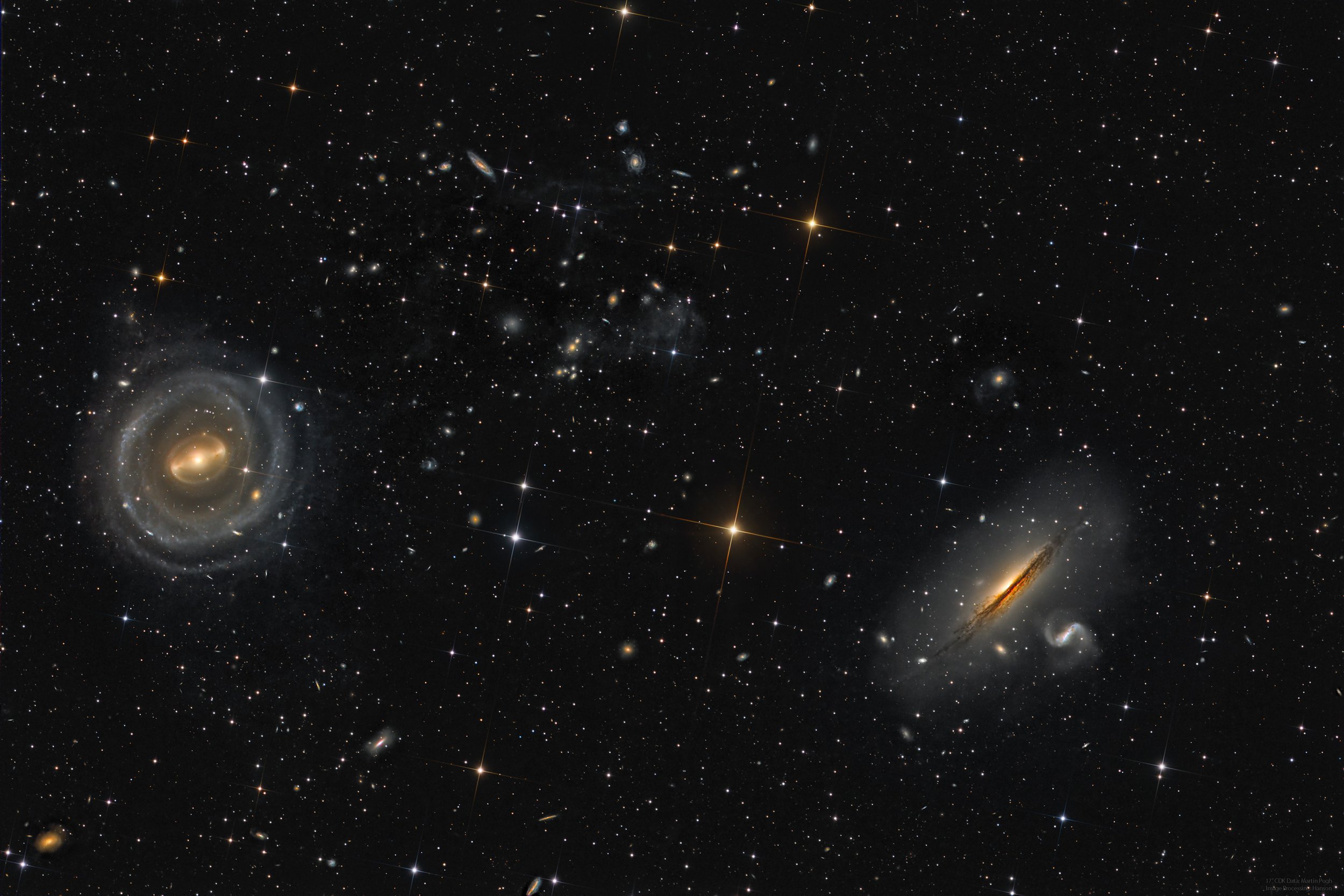Blog
The final weekend of Theatre 55’s version of Into the Woods. Saturday July 20th 2024 at 7pm and Sunday July 21st at 5pm. Music with Raymond Berg, Lyra Olson, Paul Fontara, Anthony Afful and mick laBriola.

Orion Nebula from the NASA/ESA/CSA James Webb Space Telescope have been included in ESA’s ESASkyapplication, which has a user-friendly interface to visualise and download astronomical data.
One of the brightest nebulae in the night sky is Messier 42, the Orion Nebula, located south of Orion’s belt. At its core is the young Trapezium Cluster of stars, the most massive of which illuminate the surrounding gas and dust with their intense ultraviolet radiation fields, while protostars continue to form today in the OMC-1 molecular cloud behind. The nebula is a treasure trove for astronomers studying the formation and early evolution of stars, with a rich diversity of phenomena and objects, including: outflows and planet-forming disks around young stars; embedded protostars; brown dwarfs; free-floating planetary mass objects; and photodissociation regions – the interface regions where the radiation from the massive stars heats, shapes and influences the chemistry of the gas.
The new imaging was obtained with Webb’s near-infrared camera, NIRCam, and has been made into two mosaics, one each from the short and long wavelength channels. These are among the largest Webb mosaics observed to date and given the high resolution and large area, they have been incorporated in ESASky to enable easy exploration of the plethora of interesting astronomical sources contained within them. The short-wavelength mosaic maximises Webb’s angular resolution to reveal beautiful details in discs and outflows, while the long-wavelength one showcases the intricate network of dust and organic compounds called polycyclic aromatic hydrocarbons. We encourage you to explore these images to see what hidden treasures you can find!

Carlos Humberto Santana Barragán (born July 20, 1947) is an American guitarist, best known as a founding member of the rock band Santana. Born and raised in Mexico where he developed his musical background, he rose to fame in the late 1960s and early 1970s in the United States with Santana, which pioneered a fusion of rock and roll and Latin American jazz. Its sound featured his melodic, blues-based lines set against Latin American and African rhythms played on percussion instruments not generally heard in rock, such as timbales and congas. He experienced a resurgence of popularity and critical acclaim in the late 1990s.
In 2015, Rolling Stone magazine listed Santana at No. 20 on their list of the 100 greatest guitarists. In 2023, Rolling Stone named him the 11th greatest guitarist of all time. He has won 10 Grammy Awards and three Latin Grammy Awards, and was inducted along with his namesake band into the Rock and Roll Hall of Fame in 1998.
Santana was born in Autlán de Navarro in Jalisco, Mexico on July 20, 1947. He learned to play the violin at age five and the guitar at age eight, under the tutelage of his father, who was a mariachi musician. His younger brother, Jorge, also became a professional guitarist.
more...Tony Oladipo Allen (20 July 1940 – 30 April 2020) was a Nigerian and French drummer, composer, and songwriter who lived and worked in Paris, France. Allen was the drummer and musical director of Fela Kuti‘s band Africa ’70 from 1968 to 1979, and was one of the founders of the Afrobeat genre. Fela once stated that “without Tony Allen, there would be no Afrobeat”. He was described by Brian Eno as “perhaps the greatest drummer who has ever lived”.
Later in life, Allen collaborated with Damon Albarn on several projects, including Gorillaz, the Good, the Bad & the Queen and Rocket Juice & the Moon. Allen’s career and life were documented in his 2013 autobiography Tony Allen: Master Drummer of Afrobeat, co-written with Michael E. Veal, who previously wrote a comprehensive biography of Fela Kuti.
more...Charles Lacy Tyler (July 20, 1941 – June 27, 1992) was an American jazz saxophonist. He focused on baritone & alto saxophone and also played clarinet.
Tyler was born in Cadiz, Kentucky, United States, and spent his childhood years in Indianapolis. He played piano as a child and clarinet at the age of seven, before switching to alto saxophone in his early teens, and finally baritone saxophone. During the summers, he visited Chicago, Illinois, New York City and Cleveland, Ohio, where he met the young tenor saxophonist Albert Ayler at age 14. After serving in the army from 1957–1959, Tyler relocated to Cleveland in 1960 and began playing with Ayler, commuting between New York and Cleveland. During that period played with Ornette Coleman and Sunny Murray.
more...Ernest Brooks Wilkins Jr. (July 20, 1922 – June 5, 1999 St Louis, MO) was an American jazz saxophonist, conductor and arranger who spent several years with Count Basie. He also wrote for Tommy Dorsey, Harry James, and Dizzy Gillespie. He was musical director for albums by Cannonball Adderley, Dinah Washington, Oscar Peterson, and Buddy Rich.
more...My vote is for Kamala Harris for president! And the honest truth is that Amerika is not ready for a BLACK WOMAN PRESIDENT. For the usual racist & sexist rants and raves which would give her much opposition. However I believe KH would be a powerhouse of relentless force and not take any hyperbole (crap) or fake this and that from Anyone. Including the dictators of the world and you know who they are! People want Biden to step down, well so be it, and let Kamala KICK SOME BUTT! Believe me the GOP would certainly regret this outcome it would have devastating results for Mr T. They might be sorry they want Biden to step down.

The final weekend of Theatre 55 version of Into the Woods. Friday & Saturday July 19th and 20th 2024 at 7pm and Sunday at 5pm. Music with Raymond Berg, Lyra Olson, Paul Fontara, Anthony Afful and mick laBriola.

This sharp telescopic field of view holds two bright galaxies. Barred spiral NGC 5101 (middle left) and nearly edge-on system NGC 5078 (middle right) are separated on the sky by about 0.5 degrees or about the apparent width of a full moon. Found within the boundaries of the serpentine constellation Hydra, both are estimated to be around 90 million light-years away and similar in size to our own large Milky Way galaxy. In fact, if they both lie at the same distance their projected separation would be only 800,000 light-years or so. That’s easily less than half the distance between the Milky Way and the Andromeda Galaxy. NGC 5078 is interacting with a smaller companion galaxy, cataloged as IC 879, seen just right of the larger galaxy’s bright core. Even more distant background galaxies are scattered around the colorful field. Some are even visible right through the face-on disk of NGC 5101. But the prominent spiky stars are in the foreground, well within our own Milky Way.

Commander Cody and His Lost Planet Airmen were an American country rock band founded in 1967. The group’s leader and co-founder was pianist and vocalist George Frayne IV, alias Commander Cody (born July 19, 1944, in Boise, Idaho; died September 26, 2021, in Saratoga Springs, New York).
The band became known for marathon live shows. Alongside Frayne, the classic lineup was Billy C. Farlow (b. Decatur, Alabama) on vocals and harmonica; John Tichy (b. St. Louis, Missouri) on guitar and vocals; Bill Kirchen (Kirchen was born in Bridgeport, Connecticut, June 29, 1948, but grew up in Ann Arbor, Michigan) on lead guitar; Andy Stein (b. August 31, 1948, in New York City) on saxophone and fiddle; “Buffalo” Bruce Barlow (b. December 3, 1948, in Oxnard, California) on bass guitar; Lance Dickerson (b. October 15, 1948, in Livonia, Michigan, died November 10, 2003, in Fairfax, California)[citation needed] on drums; and Steve “The West Virginia Creeper” Davis (b. July 18, 1946, in Charleston, West Virginia), followed by Bobby Black, on pedal steel guitar.
more...Arley “Buster“ Benton (July 19, 1932 – January 20, 1996) was an American bluesguitarist and singer. He played guitar in Willie Dixon‘s Blues All-Stars and is best known for his solo rendition of Dixon’s song “Spider in My Stew.” Benton was tenacious, and despite the amputation of parts of both legs in the latter part of his lengthy career, he never stopped playing his own version of Chicago blues.
He was born Arley Benton, in Texarkana, Arkansas. While residing in Toledo, Ohio, in the mid-1950s, and having been influenced by Sam Cooke and B.B. King, Benton began playing blues. By 1959, he was leading his own band in Chicago. During the 1960s, the local record labels Melloway, Alteen, Sonic, and Twinight released several singles by Benton. However, because of a lack of opportunities in the early 1960s, he gave up playing professionally for several years and worked as an auto mechanic. His earlier work was an amalgam of blues and soul. According to the music journalist Bill Dahl, “in the late 1970s, when the popularity of blues music was at low ebb, Benton’s recordings, particularly for Ronn Records, were a breath of fresh air.”
more...William C. “Buster“ Bailey (July 19, 1902 – April 12, 1967) was an American jazz clarinetist.
Buster Bailey was taught clarinet by classical teacher Franz Schoepp, who also taught Benny Goodman. Bailey gained his start with W.C. Handy’s Orchestra in 1917, when he was just fifteen years old. After two years of touring with Handy, Bailey quit the orchestra while the band was in Chicago. In 1919, Bailey joined Erskine Tate’s Vendome Orchestra and remained with Tate until 1923 when he joined up with Joe “King” Oliver. As a member of King Oliver’s Creole Jazz Band, Bailey met and became friends with Louis Armstrong, who was also a member of the band at that time. In 1924, Armstrong left King Oliver’s Jazz Band to join Fletcher Henderson’s Orchestrain New York. Within a month, Armstrong extended an invitation for Buster Bailey to join him as a member of Henderson’s band. Bailey accepted and moved to New York City.
more...Philip Upchurch (born July 19, 1941) is an American jazz and blues guitarist and bassist.
Upchurch started his career working with the Kool Gents, the Dells, and the Spaniels, before going on to work with Curtis Mayfield, Otis Rush, and Jimmy Reed. (His association with Kool Gents member Dee Clark would continue, including playing guitar on Clark’s 1961 solo hit “Raindrops“.) He then returned to Chicago to play and record with Woody Herman, Stan Getz, Groove Holmes, B.B. King, and Dizzy Gillespie.
In 1961, his record “You Can’t Sit Down” by the Philip Upchurch Combo, sold over one million copies and was awarded a gold disc. “You Can’t Sit Down, Part 2” peaked at No. 29 on the Billboard charts in the US. And he released his first album. In the 1960s he toured with Oscar Brown, appearing on the 1965 live album, Mr. Oscar Brown, Jr. Goes to Washington. In the mid-1960s he was house guitarist of Chess Records and he played with The Dells, Howlin’ Wolf, Muddy Waters and Gene Chandler. He also played with John Lee Hooker, Grover Washington, Jr. and Cannonball Adderley. Upchurch was part of a group called The Soulful Strings during the 1960s, prior to working with the Rotary Connection on Chess’s Cadet label.
more...Carmell Jones (July 19, 1936 – November 7, 1996) was an American jazz trumpet player.
Jones was born in Kansas City, Kansas, United States. He started piano lessons at age five, and trumpet lessons at age seven. His first professional work was with Kansas City musicians Nathan Davis, Cleanhead Vinson and Frank Smith. He moved to California in 1961, and worked as a studio musician for several years, including in the orchestras for two movie soundtracks, Seven Days In May and The Manchurian Candidate, the latter starring Frank Sinatra. He released two albums as a leader for Pacific Jazz at this time while recording as a sideman with Bud Shank, Onzy Matthews, Curtis Amy, Harold Land, and Gerald Wilson.
more...Dwijendralal Ray (19 July 1863 – 17 May 1913), also known as D. L. Ray, was an Indian poet, playwright, and musician. He was known for his Hindu mythological and nationalist historical plays and songs known as Dwijendrageeti or the Songs of Dwijendralal, which number over 500, create a separate subgenre of Bengali music.
more...Derived from flamenco’s earliest root forms, the tonás, siguiriyas is one of flamenco’s oldest and deepest forms.
Its name is a corruption of the term seguidillas, a group of 18th Century songs and dances. Siguiriyas first emerged in the 18th Century in Cádiz, Sevilla and Jerez de la Frontera.
Slow, majestic and tragic, Siguiriyas is the most jondo of cante jondo forms. Its lyrics focus on tragedy, inconsolable sorrow, and pain.
An important feature of Siguiriyas is its unusual compás which gives the form its unique, uneven pattern and much of its expressive power.
Siguiriyas is a highly personal form and most artists associated with the style, such as El Planeta, La Niña de los Peines, Manuel Molina and Antonio Chacón, created their own extraordinary versions.
more...More Posts
- Daily Roots with Lloyd and Glenn
- Rhythm Roots Workshop @ MN VA Adult Day Center 9-8-21
- The Cosmos with M31/33
- Ron Pigpen Mckernan
- Specs Wright
- Marion Brown
- Harmonica Fats
- Wilbur Ware
- World Music with Ella Andall
- Daily Roots with Prince Far I & Congo Ashanti Roy
- The Cosmos with NGC 520
- Makanda Ken McIntyre
- Buddy Holly
- Little Milton
- Sonny Rollins
- World Music with Oumou Sangaré
- Daily Roots with Amy Winehouse
- Happy Labor Day 2021
- The Cosmos with M42
- Micky Waller
